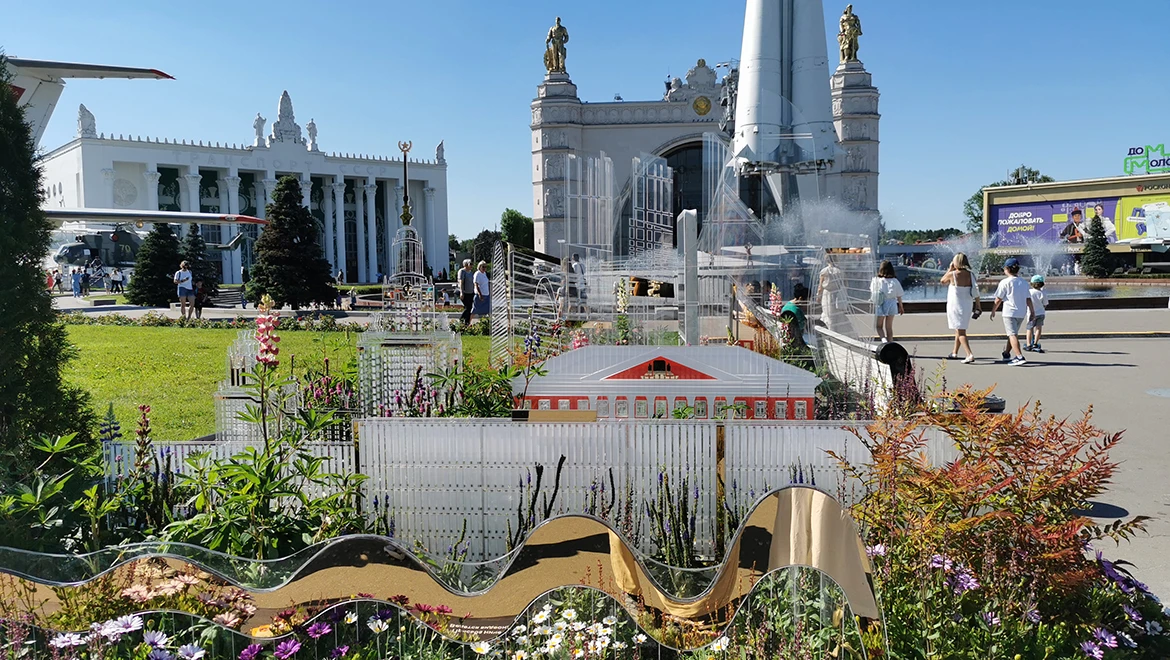Siberian Iris. Novosibirsk Region
The
Siberian iris (Iris sibirica) is a perennial plant from the Iris genus,
subgenus Limniris, found in Eastern and Central Europe and Northern Asia. It
typically reaches a height of 70–110 cm, with leaves significantly shorter than
the stem. The flowers, characteristic of irises, are violet-blue, often with a
pale cream or yellowish center, each flower measuring 4–7 cm in diameter.
In the wild, the Siberian iris is found in Siberia, the Caucasus, and other regions of the European part of Russia. Its history spans millennia. Siberian irises are known for their hardiness, resistance to low temperatures, and resilience to rain and wind. The iris blooms from May to July, delighting and astonishing with shades ranging from pearly white to blood red.
Irises adorn the most
exquisite parks in Russia and Europe.
Interestingly,
the iris got its name from the Greek healer Hippocrates, who named the plant
after the goddess Iris, who descended to earth on a rainbow. Thus, the
word "iris" in Greek translates to "rainbow."
Along with the RUSSIA EXPO, the flower festival is also coming to an end.
The "Future in Flowers" festival continues at the RUSSIA EXPO, where unique flowerbeds from all regions of our country can be seen at the "Space" pavilion until July 8.
The RUSSIA EXPO concludes on July 8, and with it, the flower festival will also come to an end.





